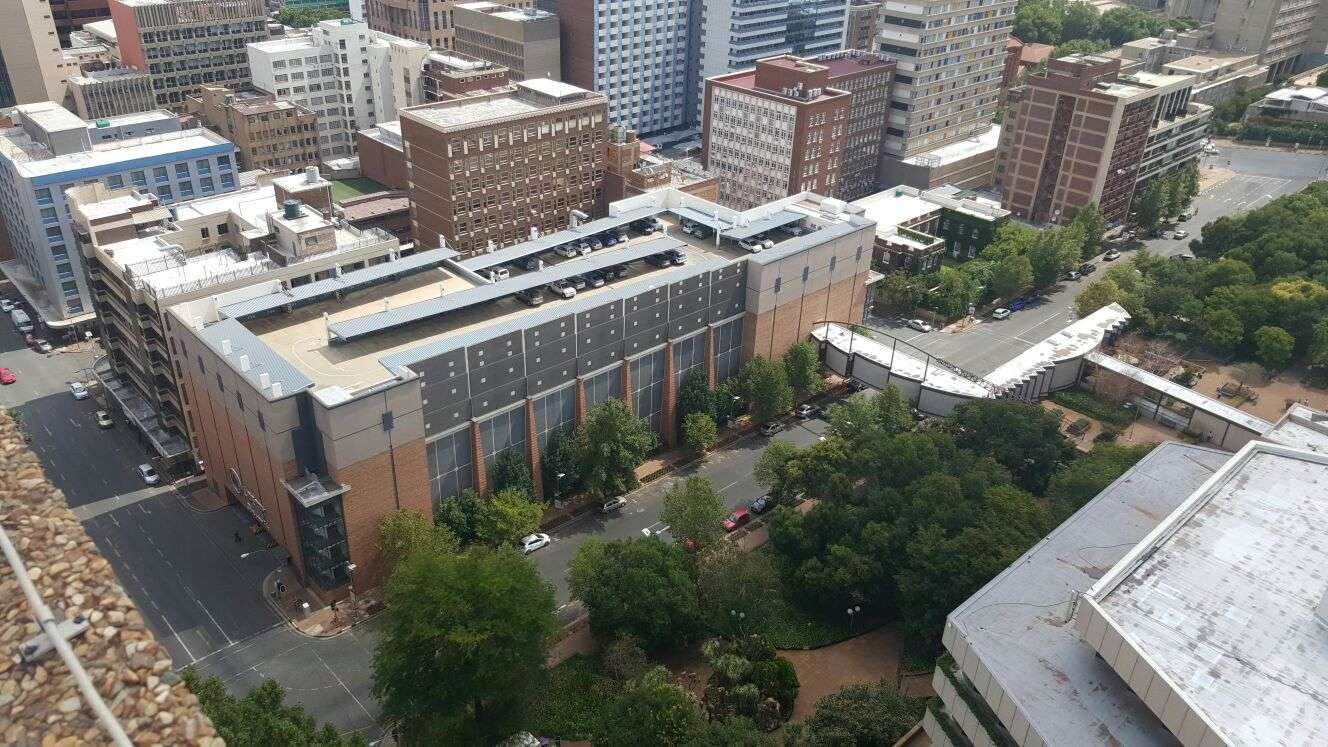The Internet of Things (IoT) refers to a network of physical devices, vehicles, home appliances, and other items embedded with electronics, software, sensors, and connectivity which enables these objects to collect and exchange data. IoT is rapidly transforming the way we live, work, and interact with the world around us.
Facilities management is the coordination and management of the various services and systems within a building or facility. These services may include maintenance, security, energy management, and many others. IoT is becoming increasingly important in facilities management as it provides a range of benefits and advantages that help facilities managers to operate more efficiently, safely, and cost-effectively.
The importance of IoT in facilities management lies in its ability to provide real-time data and information, enhance control and automation, and improve decision-making. By leveraging the power of IoT, facilities managers can gain valuable insights into the operations and performance of their facilities, leading to improved maintenance and repair, increased energy efficiency, enhanced safety and security, better space management and optimization, and real-time monitoring and decision making.
Advantages of IoT in Facilities Management
Improved Maintenance and Repairs
One of the key benefits of IoT in facilities management is improved maintenance and repairs. IoT systems can help facilities managers predict when maintenance is required by collecting real-time data on the performance of equipment. This data can be used to schedule maintenance proactively, reducing downtime and increasing equipment lifespan. IoT systems can also help facilities managers respond to repairs faster, as the system can detect problems in real-time and send alerts to maintenance teams.
Increased Energy Efficiency
Another advantage of IoT in facilities management is increased energy efficiency. IoT systems can be integrated with energy management systems, allowing facilities managers to monitor energy usage in real-time. This information can be used to identify areas where energy is being wasted and make adjustments to reduce energy consumption. Automated energy management systems can also help facilities managers control energy usage more effectively, reducing costs and reducing the environmental impact of the facility.
Enhanced Safety and Security
IoT systems can also enhance safety and security in facilities management. For example, intelligent fire and smoke detection systems can detect and respond to fires faster than traditional systems, reducing the risk of damage and injury. Building access control systems can also be integrated with IoT systems, allowing facilities managers to control access to the building and monitor who is entering and exiting.
Better Space Management and Optimization
IoT systems can also help facilities managers optimize the use of their space. Automated space utilization monitoring systems can provide real-time information on how the building is being used, allowing facilities managers to make informed decisions about how to allocate space. Intelligent parking systems can also be integrated with IoT systems, making it easier for facilities managers to manage parking and reducing congestion.
Real-time Monitoring and Decision Making
Finally, IoT systems provide facilities managers with real-time data and information, allowing them to make informed decisions. This data can be used to monitor and control various systems within the facility, such as lighting, HVAC, and security systems, as well as to make decisions about space utilization and maintenance. By having access to real-time data, facilities managers can improve situational awareness and respond quickly to any issues that arise.
IoT in Action: Use Cases of IoT in Facilities Management
IoT is used in a wide range of application areas in building management, including intelligent lighting systems, HVAC systems, building access control, asset tracking, and environmental monitoring. For example, automated lighting control systems can adjust the lighting based on occupancy and natural light levels, resulting in energy savings and improved comfort for building occupants. Real-time monitoring and control of temperature and air quality in HVAC systems can also improve the indoor environment and reduce the need for manual maintenance and repairs.
Intelligent Lighting Systems
IoT-enabled lighting systems use sensors and control systems to adjust lighting levels based on occupancy and natural light levels, resulting in energy savings and improved comfort for building occupants.
HVAC Systems
IoT can provide real-time monitoring and control of temperature and air quality, as well as predictive maintenance for HVAC systems, helping to improve indoor air quality and reduce maintenance costs.
Building Access Control
IoT-enabled access control systems can automate the process of granting and revoking access to buildings and integrate with security systems for enhanced safety.
Asset Tracking
IoT can be used to track the location and usage of assets and equipment in real-time, enabling improved inventory management and reducing the risk of equipment loss or theft.
Environmental Monitoring
IoT can be used to monitor indoor air quality and environmental conditions, helping to ensure a healthy and sustainable indoor environment and optimize resource usage.
By leveraging IoT technology, facilities managers can access real-time data, automate processes, and make informed decisions to improve building performance, enhance safety and security, and reduce costs.
The Components of IoT Systems
The key components of IoT systems include devices, communication networks, data processing and storage, user interface, and analytics and management tools. These components work together to collect, analyze, and present data to facilities managers in real-time, allowing them to act on informed decisions to improve the overall operation and management of their facilities.
Solution: ioX-Connect
ioX-Connect is a comprehensive IoT solution for facilities management that integrates IoT, analytics, and maintenance management capabilities. It also features integration with legacy systems, data privacy and security features, and streamlined implementation and integration, making it an effective solution for addressing the challenges and limitations faced by facilities managers when it comes to implementing IoT solutions.
The integration of IoT in facilities management has the potential to bring about significant improvements in efficiency, safety, and cost savings. With the ability to collect real-time data and make informed decisions, facilities managers can effectively manage their buildings and facilities to provide a better experience for occupants. ioX-Connect, with its IoT, Analytics, and Maintenance Management software solutions, offers a comprehensive solution to help facilities managers in implementing and utilizing IoT technologies.

